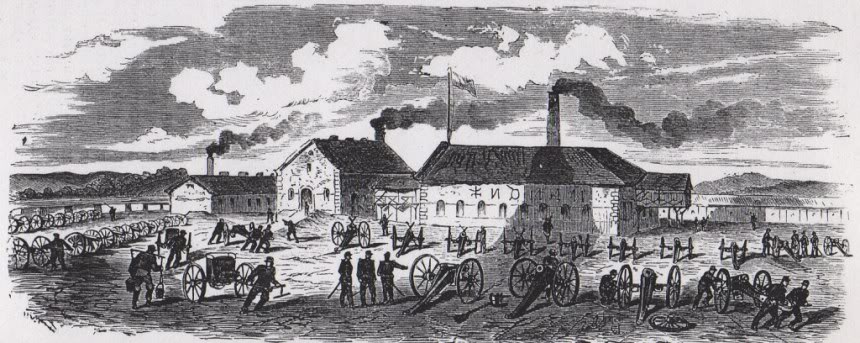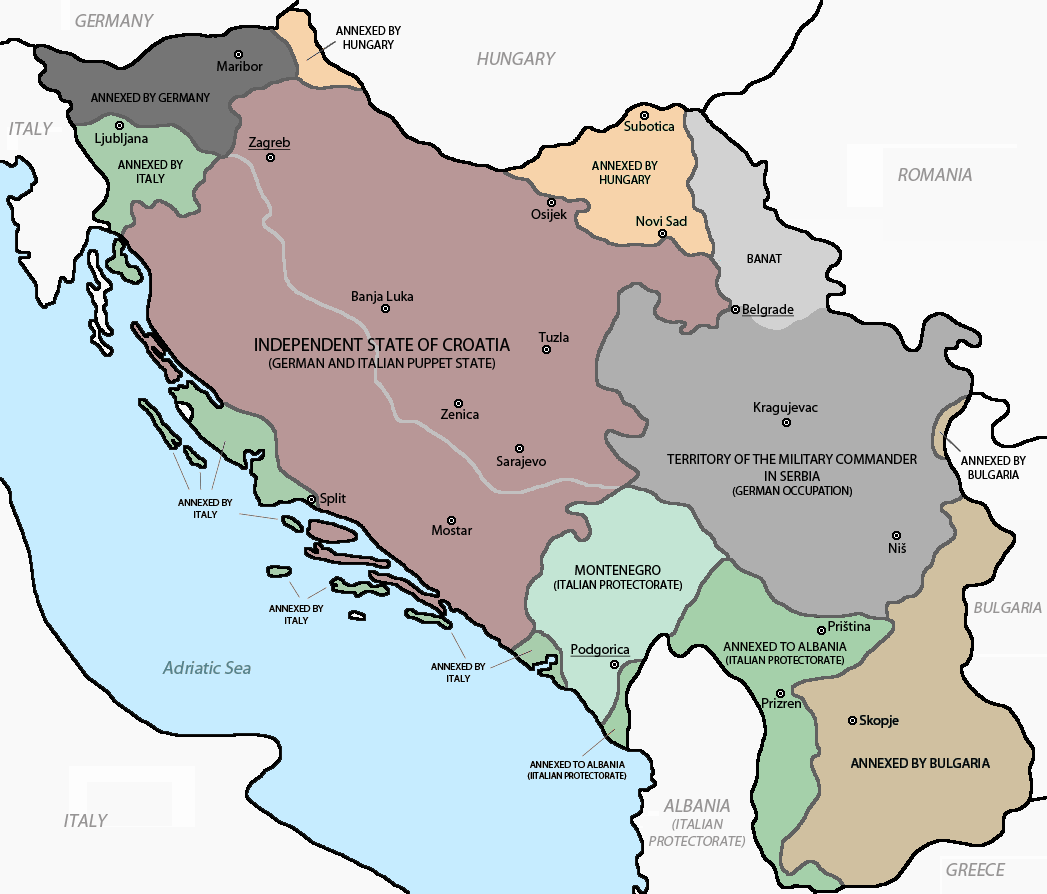|
Dragiša Nedović
Dragiša Nedović ( sr-Cyrl, Драгиша Недовић; Kragujevac, Kingdom of Serbia, 20 July 1916 – 31 January 1966) was a Serbian folk songwriter, composer and musician. Having lived in Serbia, Bosnia and Dalmatia, he composed numerous tunes in Serbian folk (" Stani, stani Ibar vodo"), Bosnian Sevdalinka (" U lijepom starom gradu Višegradu") and Dalmatian (" Kad si bila mala, Mare") popular styles. He composed several hundred songs, and many of them remain popular standards to this day, although Nedović's authorship is not universally known. Biography Dragiša Nedović was born on 20 July 1916 in Kragujevac, in central Serbia. His parents, Andrija and Gina, had nine children – five sons and three daughters, three of whom having died early. As the family was poor, Nedović left his home in 1932 as a 16-year-old and worked as a traveling musician across Serbia, Bosnia, and Dalmatia. Self-taught but talented, he was quick to adapt to local styles and created numerous t ... [...More Info...] [...Related Items...] OR: [Wikipedia] [Google] [Baidu] |
Kragujevac
Kragujevac ( sr-Cyrl, Крагујевац, ) is the List of cities in Serbia, fourth largest city in Serbia and the administrative centre of the Šumadija District. It is the historical centre of the geographical region of Šumadija in central Serbia, and is situated on the banks of the Lepenica (Great Morava), Lepenica River. According to the 2022 census, City of Kragujevac has 171,186 inhabitants. Kragujevac was the first capital of modern Serbia and the first constitution in the Balkans, the Sretenje Constitution, was proclaimed in the city in 1835. A unit of the Scottish Women's Hospitals for Foreign Service was located there in World War I. During the Second World War, Kragujevac was the site of a Kragujevac massacre, massacre by the Nazis in which 2,778 Serb men and boys were killed. Modern Kragujevac is known for its large munitions (Zastava Arms) and automobile (Fiat Serbia) industries, as well as its status as an education centre housing the University of Kragujevac, one ... [...More Info...] [...Related Items...] OR: [Wikipedia] [Google] [Baidu] |
German Occupation Of Serbia
During World War II, several provinces of the Kingdom of Yugoslavia corresponding to the modern-day state of Serbia were occupied by the Axis Powers from 1941 to 1944. Most of the area was occupied by the Wehrmacht and was organized as separate territory under control of the German Military Administration in Serbia. Other parts of modern Serbia that were not included in the German-administered territory were occupied and annexed by neighboring Axis countries: Syrmia was occupied and annexed by the Independent State of Croatia, Bačka was occupied and annexed by Hungary, southeastern Serbia was occupied and annexed by Bulgaria, and southwestern Serbia was occupied and annexed by Italy and included in the Italian protectorates of Albania and Montenegro. German occupation The area under control of the German Military Administration in Serbia was initially occupied by the Germans. It was later occupied mostly by Bulgarian troops, but remained under German military authority. On stam ... [...More Info...] [...Related Items...] OR: [Wikipedia] [Google] [Baidu] |
1916 Births
Events Below, the events of the First World War have the "WWI" prefix. January * January 1 – The British Empire, British Royal Army Medical Corps carries out the first successful blood transfusion, using blood that has been stored and cooled. * January 9 – WWI: Gallipoli Campaign – The last British troops are evacuated from Gallipoli, as the Ottoman Empire prevails over a joint British and French operation to capture Constantinople. * January 10 – WWI: Erzurum Offensive – Russia defeats the Ottoman Empire. * January 12 – The Gilbert and Ellice Islands Colony, part of the British Empire, is established in modern-day Tuvalu and Kiribati. * January 13 – WWI: Battle of Wadi (1916), Battle of Wadi – Ottoman Empire forces defeat the British, during the Mesopotamian campaign in modern-day Iraq. * January 29 – WWI: Paris is bombed by German Empire, German zeppelins. * January 31 – WWI: An attack is planned on Verdun, France. Febru ... [...More Info...] [...Related Items...] OR: [Wikipedia] [Google] [Baidu] |
Heart Attack
A myocardial infarction (MI), commonly known as a heart attack, occurs when Ischemia, blood flow decreases or stops in one of the coronary arteries of the heart, causing infarction (tissue death) to the heart muscle. The most common symptom is retrosternal Angina, chest pain or discomfort that classically radiates to the left shoulder, arm, or jaw. The pain may occasionally feel like heartburn. This is the dangerous type of acute coronary syndrome. Other symptoms may include shortness of breath, nausea, presyncope, feeling faint, a diaphoresis, cold sweat, Fatigue, feeling tired, and decreased level of consciousness. About 30% of people have atypical symptoms. Women more often present without chest pain and instead have neck pain, arm pain or feel tired. Among those over 75 years old, about 5% have had an MI with little or no history of symptoms. An MI may cause heart failure, an Cardiac arrhythmia, irregular heartbeat, cardiogenic shock or cardiac arrest. Most MIs occur d ... [...More Info...] [...Related Items...] OR: [Wikipedia] [Google] [Baidu] |
Peniciline
Penicillins (P, PCN or PEN) are a group of β-lactam antibiotics originally obtained from ''Penicillium'' moulds, principally '' P. chrysogenum'' and '' P. rubens''. Most penicillins in clinical use are synthesised by '' P. chrysogenum'' using deep tank fermentation and then purified. A number of natural penicillins have been discovered, but only two purified compounds are in clinical use: penicillin G (intramuscular or intravenous use) and penicillin V (given by mouth). Penicillins were among the first medications to be effective against many bacterial infections caused by staphylococci and streptococci. They are still widely used today for various bacterial infections, though many types of bacteria have developed resistance following extensive use. Ten percent of the population claims penicillin allergies, but because the frequency of positive skin test results decreases by 10% with each year of avoidance, 90% of these patients can eventually tolerate penicillin. Addi ... [...More Info...] [...Related Items...] OR: [Wikipedia] [Google] [Baidu] |




